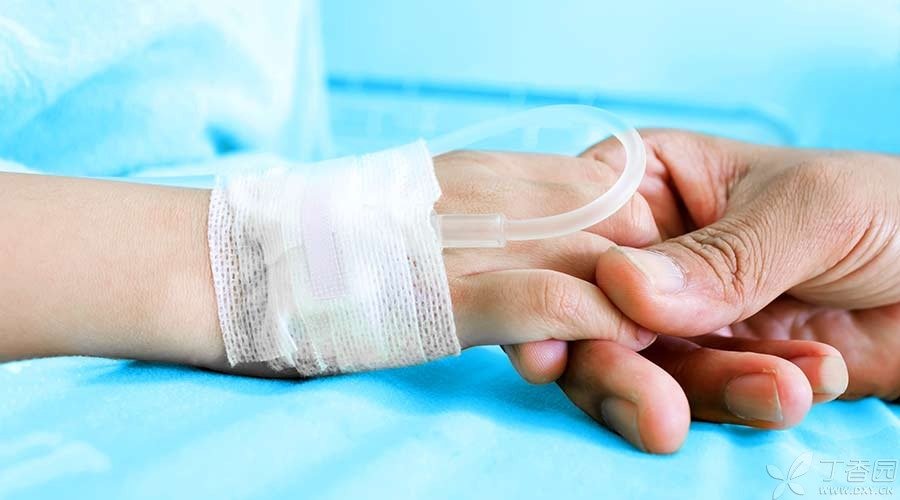
Cancer makes people turn pale at the smell. If the cancer patient is a child, everyone will be even more nervous.
Although cancer can threaten life, there is still optimistic news: in the past few decades, progress in cancer treatment has increased the five-year survival rate of children’s cancer to more than 80%.
At present, various types of childhood cancers can be cured or controlled, allowing children to obtain a better quality of life until they reach adulthood.
The following references to [cancer] refer to [malignant tumor].
Children’s Cancer Has Hope for Treatment,
Children’s cancer is different from adult cancer. For the same type of cancer, children’s recovery results may be better than adults’.
Treating tumors in childhood is often better than that in adults. During this period, cancer cells often grow very rapidly, so treatment methods that block their rapid growth can be selected. Children suffering from leukemia, non-Hodgkin lymphoma or some solid tumors often have good recovery results.
Doctors will design specific treatment plans according to the tumor characteristics of children. Treatment usually causes some unpleasant side effects, including alopecia, nausea and diarrhea, but these conditions often disappear soon after treatment is terminated.
Children usually receive one or more of the following treatment schemes:
- Taking chemotherapy drugs; Receive radiation therapy; Surgical resection of solid tumors; Immunotherapy; Bone marrow or hematopoietic stem cell transplantation.
Chemotherapy has made the most striking progress of all treatments. Children who developed leukemia 30 years ago needed radiotherapy for their brains, which can cause many health problems in adulthood. With constantly evolving chemotherapy drugs, doctors have done little or no radiotherapy to treat childhood leukemia.
Early examination of cancer in children is crucial.
The most common childhood cancer is leukemia, commonly known as [blood cancer]. Leukemia occurs in bone marrow, which is the place where blood cells are produced in some bones. Leukemia can cause abnormal hematopoietic function of bone marrow, such as the number of white blood cells in blood rises very, very high, so it is called [leukemia].
Other childhood cancers include [lymphoma] and [solid tumor].
The former is mainly characterized by painless enlargement of lymph nodes and persistent fever. The latter is mainly manifested as abnormal tissue masses, which may appear in almost any part of the body, such as brain, kidney, muscle or bone.
The cause of cancer in most children is still unclear. In the absence of early symptoms, children may suddenly develop the disease, or some may only be detected during physical examination.
If parents notice that their children’s bodies are abnormal, such as some unexplained symptoms, abnormal growth, abdominal swelling and hematuria, they should take TA to the hospital for examination in time. If the preliminary diagnosis of suspected cancer is made, a series of examinations are needed to determine the type of cancer, the location of the disease and whether there is spread and metastasis.
Participate in clinical trials and may have therapeutic prospects.
Clinical trials in which cancer patients participate often promote the progress of treatment methods.
For cancer trials that already have better treatment methods, the goal is to minimize side effects while maintaining survival rate. For cancer types that lack better treatment methods, the purpose of the experiment is to evaluate the safety and effectiveness of treatment methods.
When the standard treatment method does not work, parents can consider allowing children to participate in clinical trials of new drugs, which may have good curative effects.
Modern genomics shows scientists the detailed information of cancer cells. This molecular level of cancer research makes treatment more targeted and will also give birth to new clinical treatment methods.
In the treatment stage, these psychological supports cannot be lacking.

When children receive treatment, besides caring about their physical condition, parents should also pay more attention to their psychological changes and give help and support.
The following are some issues that parents should pay attention to:
1. Encourage children to contact more friends
After receiving treatment, especially chemotherapy or radiotherapy, children may feel tired and need rest. However, parents should realize that children also have the same needs as their peers and need companions and games.
Parents should encourage their children to keep in touch with their friends, and it is best to stick to school. Parents should also actively keep in touch with the school to discuss changes in their children’s illness, treatment and absence from school.
2. Help Children Face Discrimination
Children often worry that their classmates will look at themselves how, especially when children drop out of many classes or have obvious changes such as alopecia.
Parents should let their children understand that many people, including children who are not familiar with the world, will feel nervous about people who are seriously ill and may say hurtful words.
Many children are willing to contact children, but they may have many doubts. Parents need to teach children how to answer the doubts from their peers.
3. Take Children to Correctly Understand Diseases
It is recommended not to hide the diagnosis results and the treatment to be received from the child.
Parents can choose the appropriate way to discuss with TA, which helps relieve the pressure, fear and uneasiness of children. Tell them that cancer is not an infectious disease and illness is not their own fault.
As Stephen Hengel, an American child cancer expert, said:
Now the focus of childhood cancer research is to cure cancer and return life to its natural state, not just to prolong children’s lives. These children will probably live longer than their parents and doctors.
Responsible Editor: Yidan
